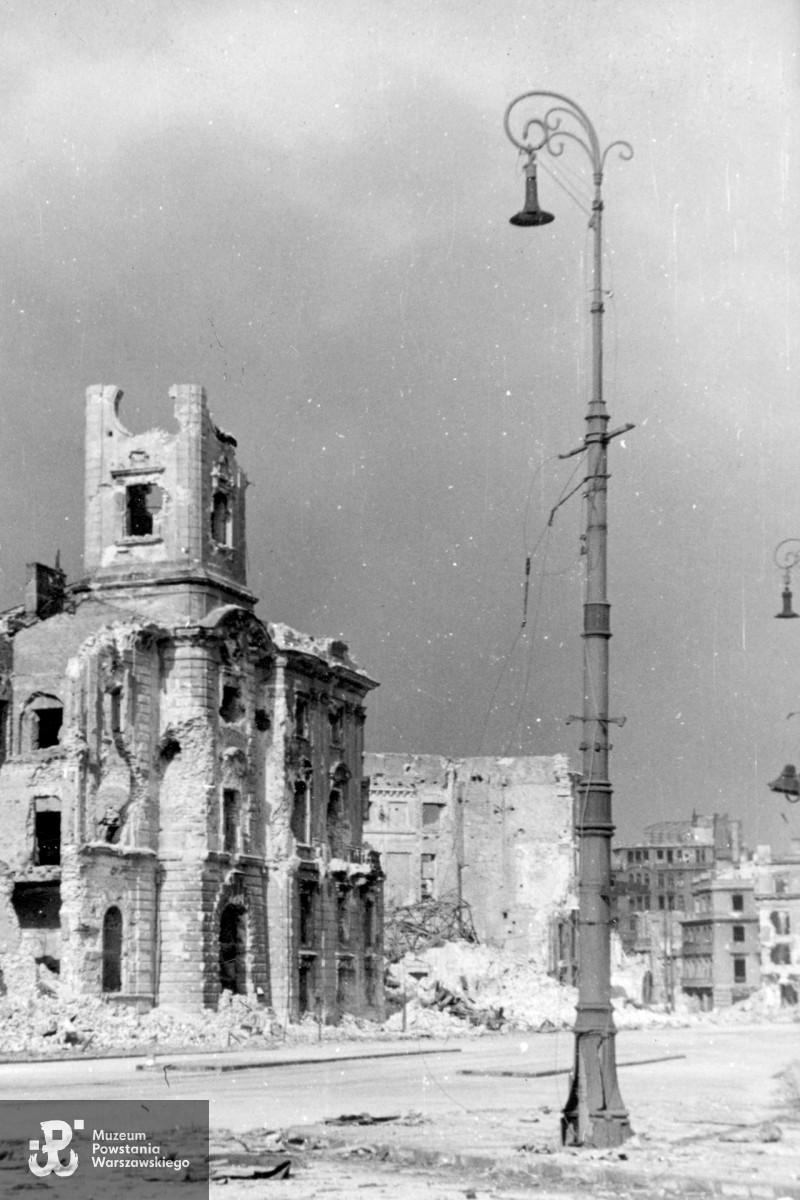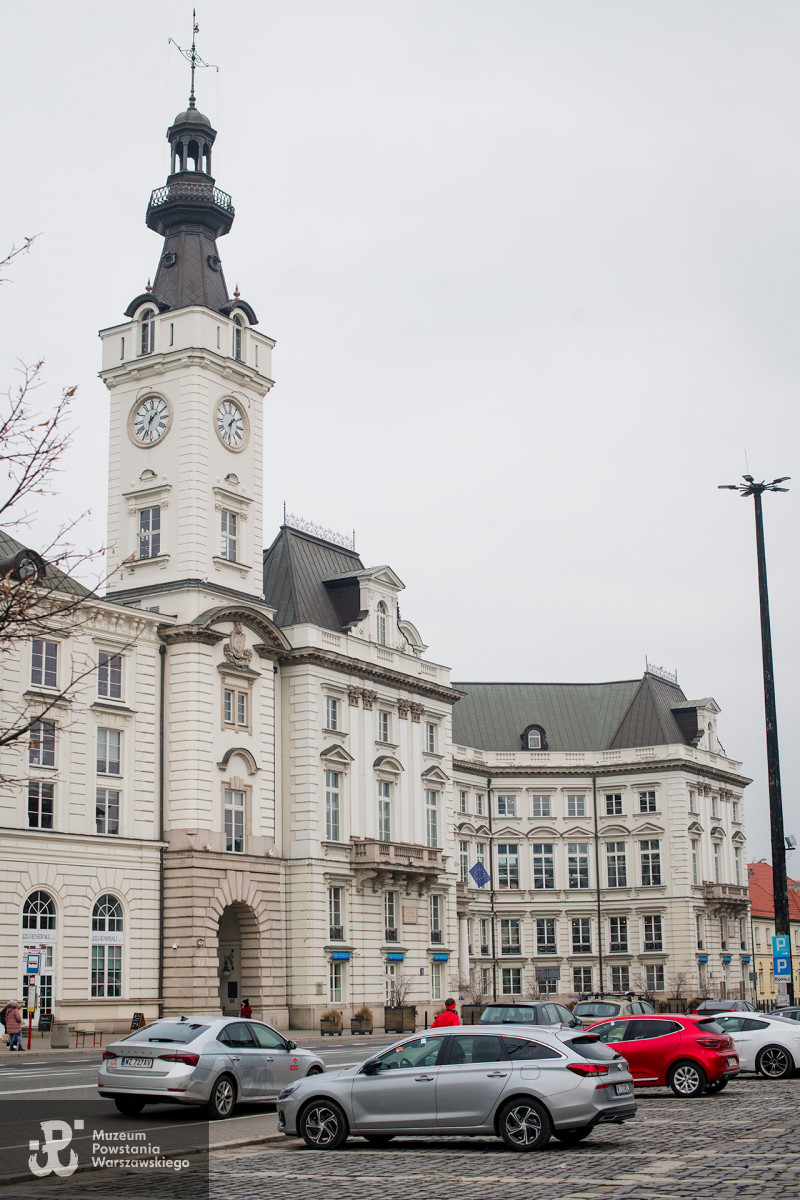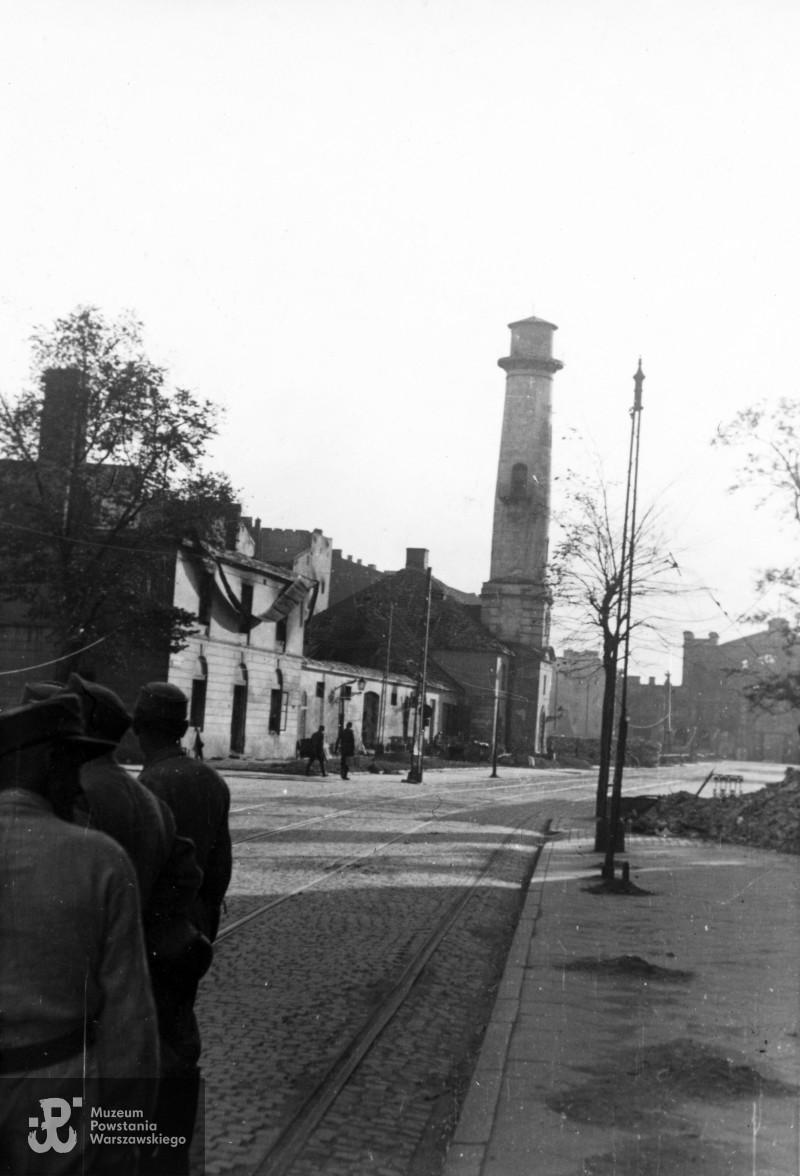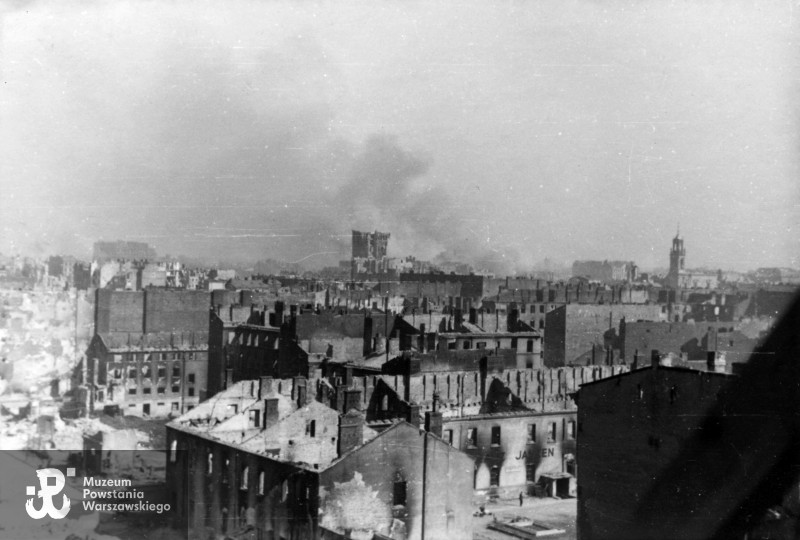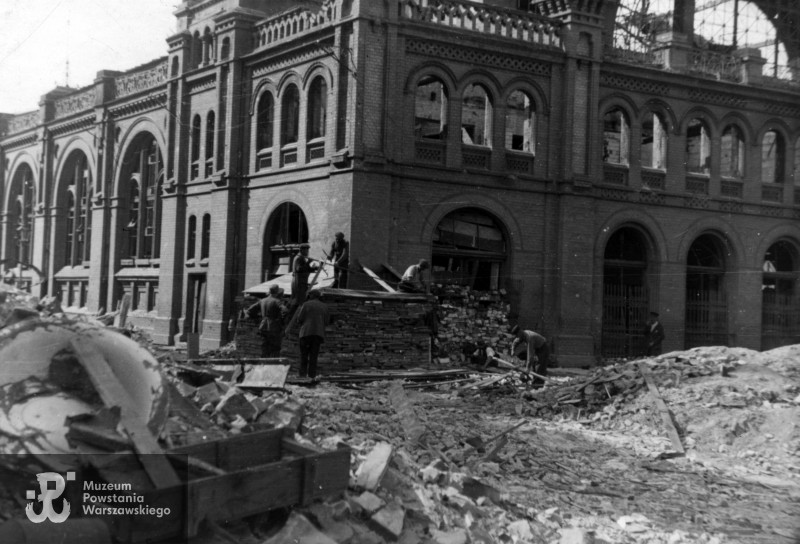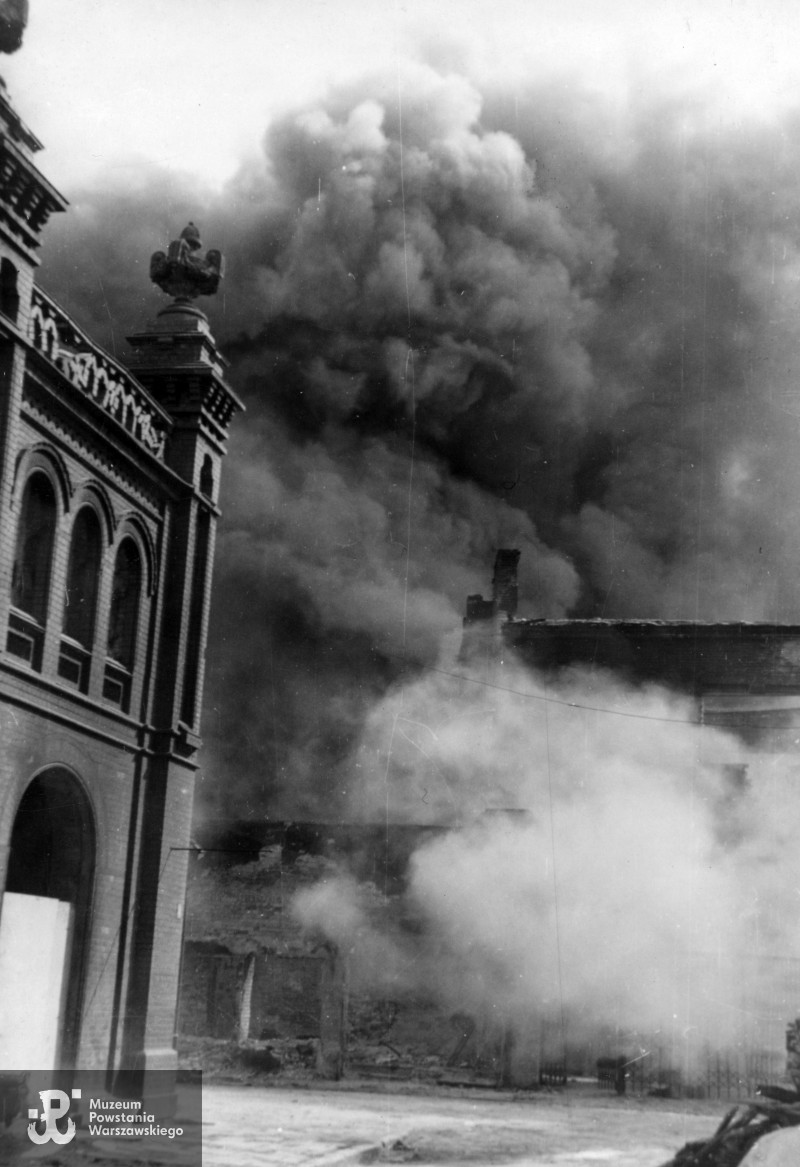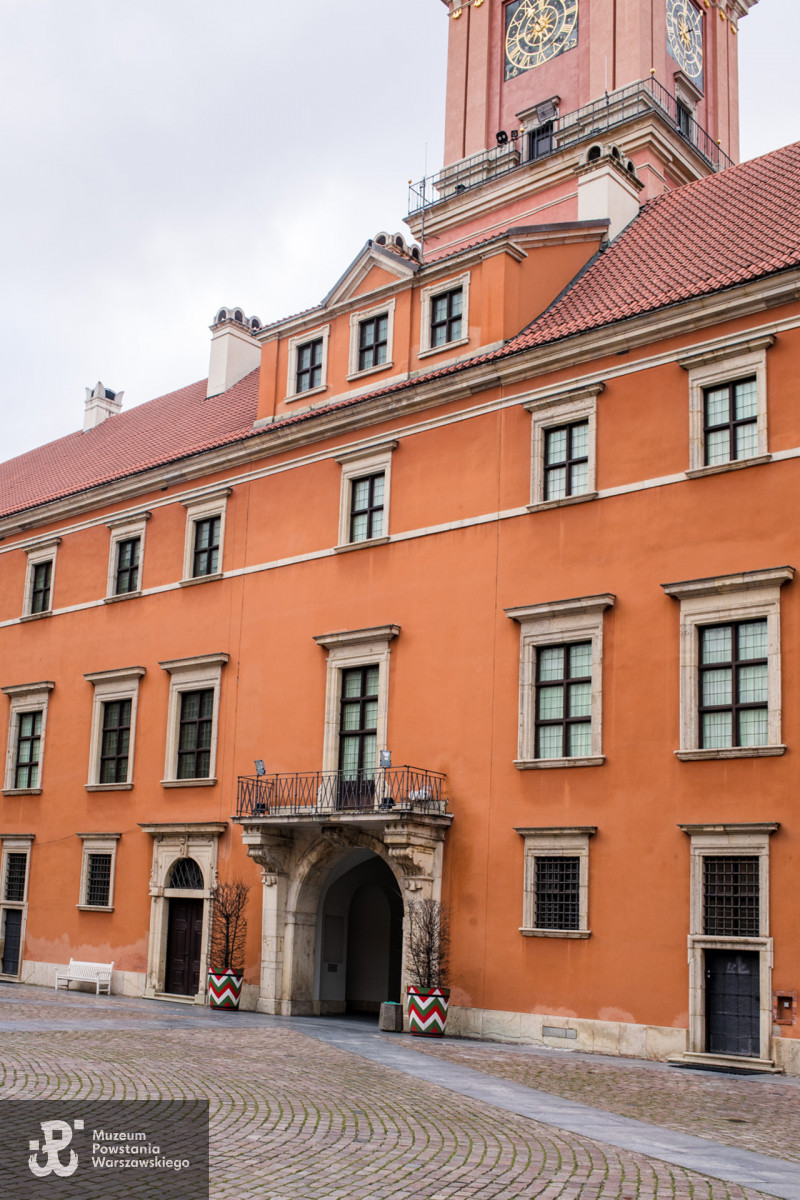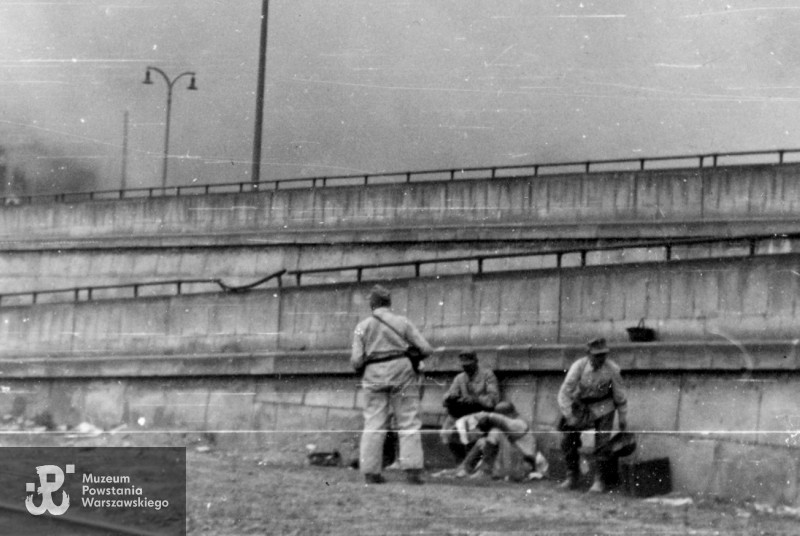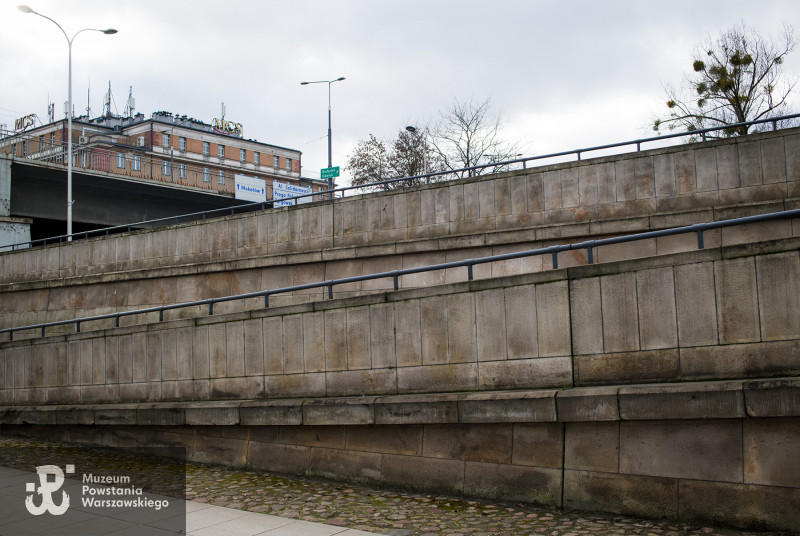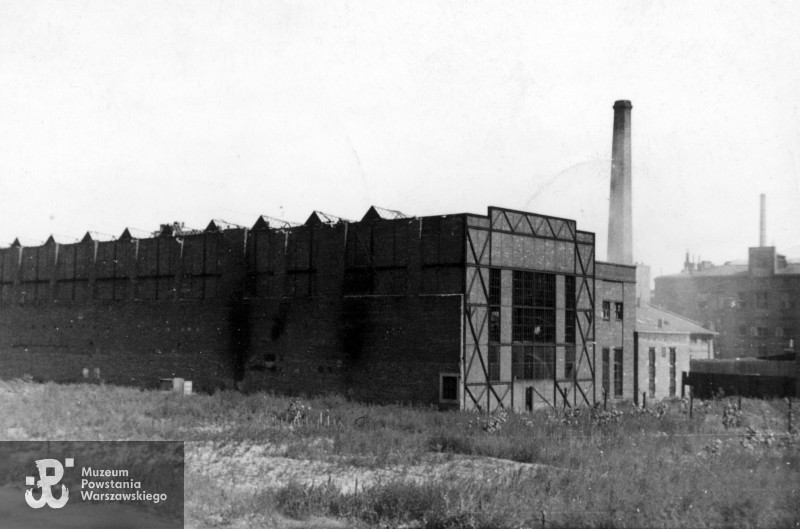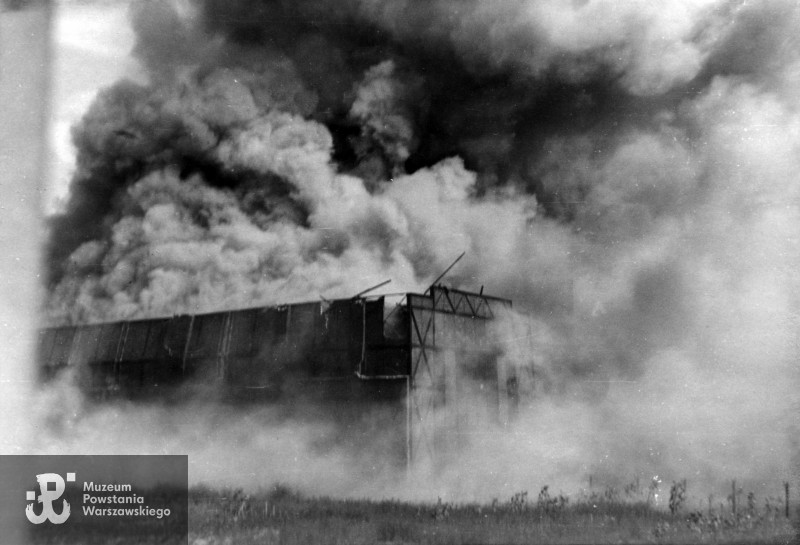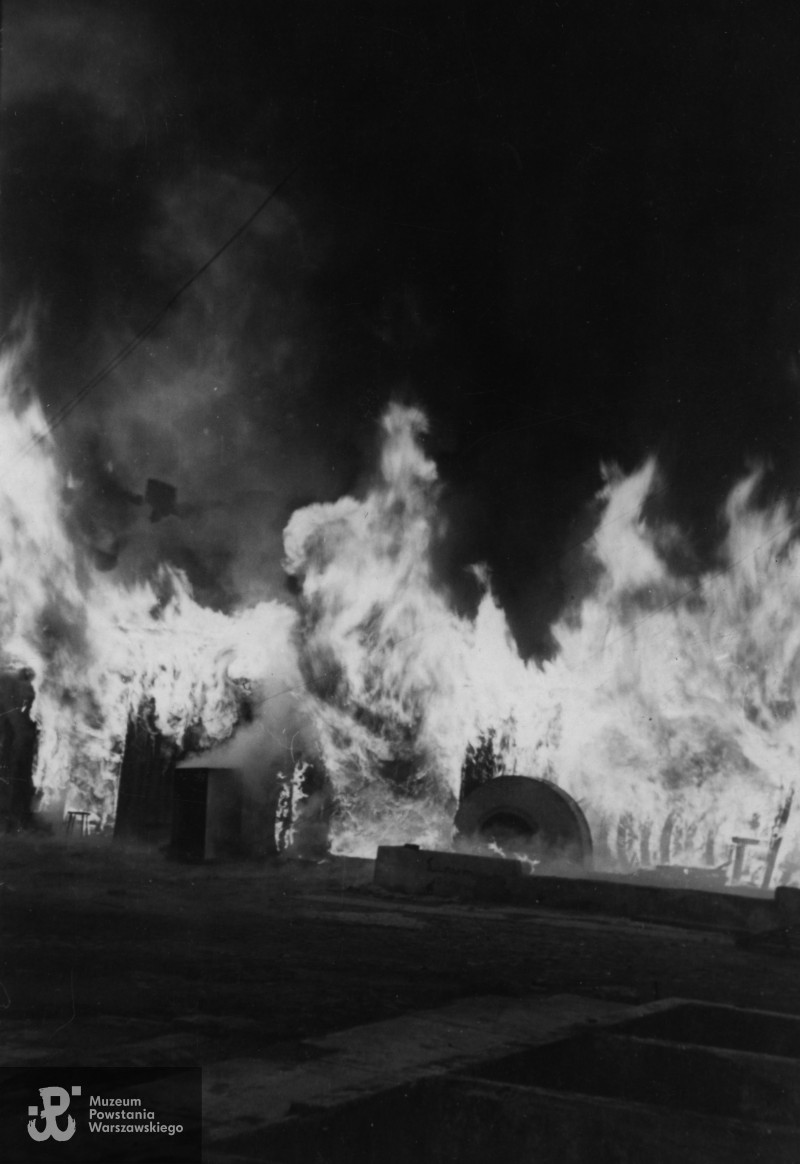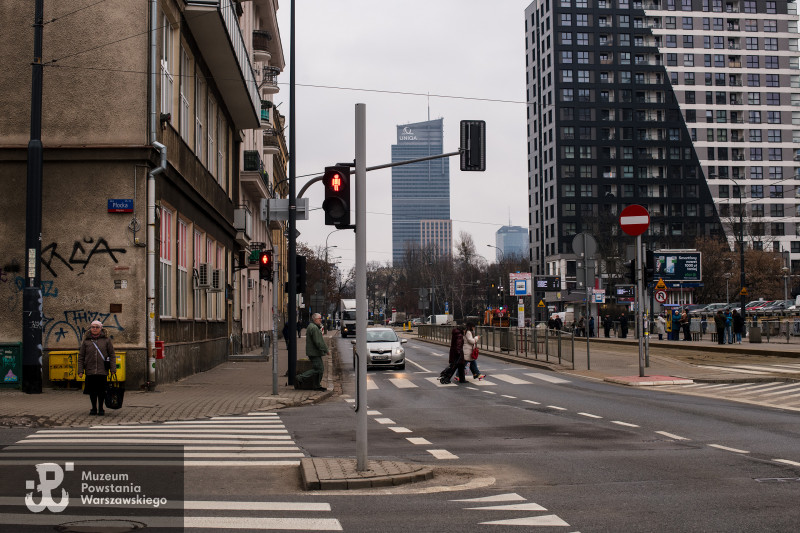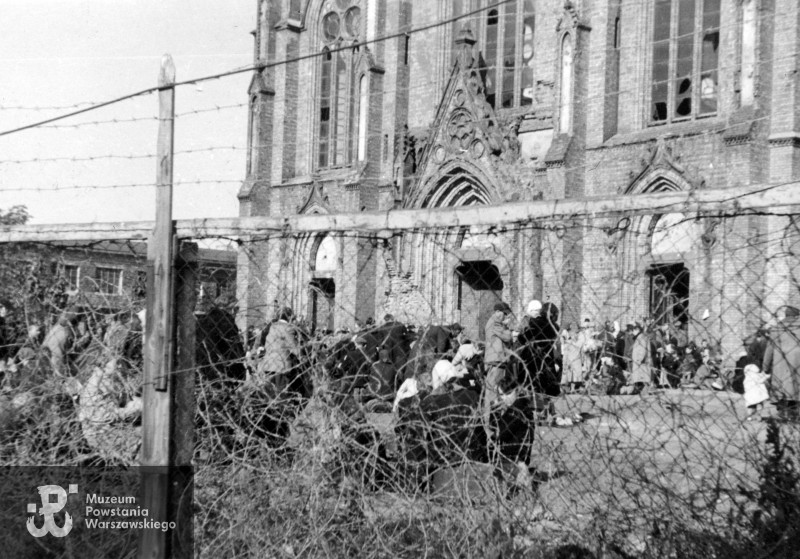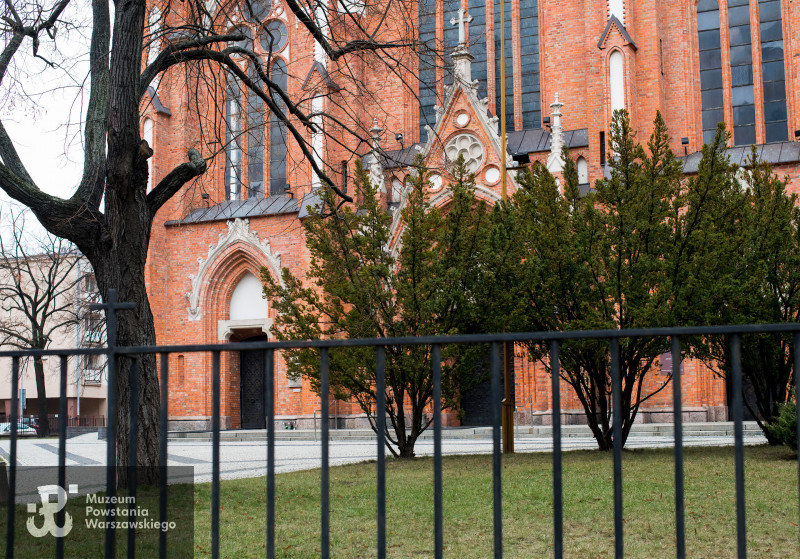Ryszard Mączewski
Dział Ikonografii i Fotografii Muzeum Powstania Warszawskiego
The Red Army took over the city of Leszno on the night of 30/31 January 1945. The German occupation was over. German residents fled in a hurry and left over property and personal belongings in their deserted houses. A few weeks later in one of the apartments a photography treasure trove was found, namely a collection of photographs taken by Alfred Mensebach in September 1944. He was an architect and a member of Sprengkommando, stationed at 13, Płocka Street in Warsaw, a unit within the Technisches Nothilfe, responsible for detonating monuments and houses in Warsaw.
After 1945 a part of the collection was kept at the Institute for Western Affairs in Poznań. In 2019 the Warsaw Rising Museum acquired the remaining collection of 88 Mensebach’s photographs. They document the process of the city’s systematic destruction. In some cases, Mensebach showed a building before, during and after detonation. The collection depicts as well the moments when civilians were expelled from Warsaw (columns of civilians marching along the Wolska Street, civilians sitting in front of St. Stanisław Church).
Alfred Mensebach was born in Bütow (Bytów) in 1905. He studied architecture in Breslau (Wrocław), Danzig (Gdańsk) and Moscow. He was expelled from the Soviet Union in 1940 and moved to Poznań, Krotoszyn and finally in 1944 to Leszno. In September 1944 he was in Warsaw as a memebr of Sprengkommando. He left the city in the first days of October. When he returned home to Leszno he put some photographs in a file (he used special cardboard, added date and his commentary). Neither the aim of taking these pictures, nor creating the file and the further fate of Alfred Mensebach are known. It is said he might have perished in January 1945.
Below we present some of the photographs that were taken in Warsaw in September 1944. The entire collection may be accessed via our Digital Collection Site: https://www.1944.pl/fototeka/kolekcja/alfred-mensebach,157.html
We express our gratitude to the Institute for Western Affairs for their help to present the collection to wider public.
